Transfield's ongoing support for the arts peaked in the creation of its enduring legacy: the Biennale of Sydney.
Page Media:
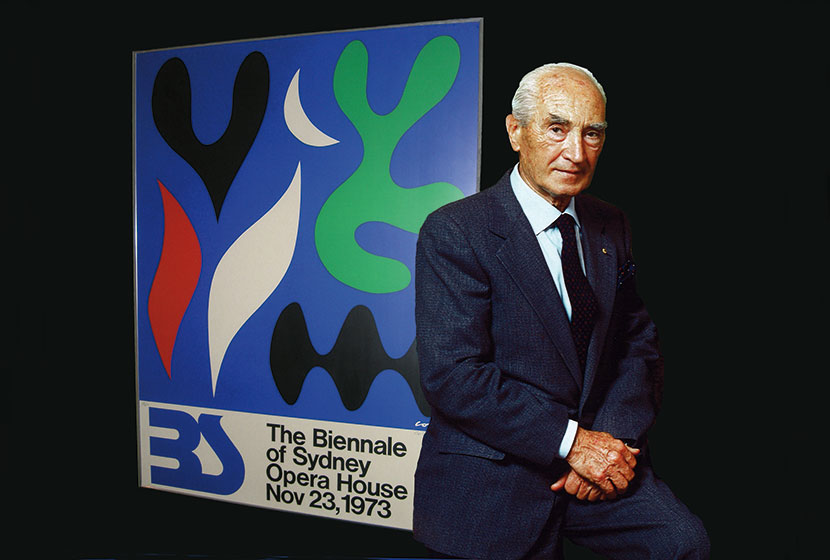
Transfield's ongoing support for the arts peaked in the creation of its enduring legacy: the Biennale of Sydney.
Page Media:
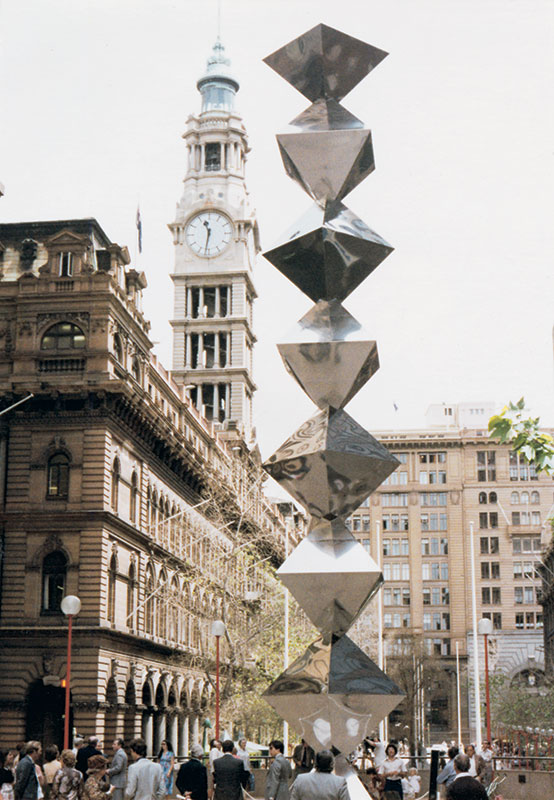
Following the 1971 Transfield Art Prize, Franco Belgiorno-Nettis began asking himself questions about the future direction of the cultural initiatives he had favoured during the 1960s. By now, Transfield had become a key player on the Australian industrial scene and thanks to its patronage since 1961, Transfield's influence in the artistic world was considerable. "In times when economic power was in the hands of princes and noblemen", he said, "the arts flourished in the shadow of the courts. Today, in order to survive, the arts must flourish in the shadow of industry". However, it was his "love affair with Venice" that inspired him to stage in Sydney an event similar to the Biennale of Venice.
Page Media:

Not only did he want to break with the sense of cultural isolation one felt in Australia during the 1950s and the 1960s, but he now pondered on how to "inject that flavour of international extravaganza, originality and explosive vision peculiar to the Italian event".
More importantly, he saw "the possibility of a dialogue to open the door to a much wider audience. The artists of many countries would become ambassadors in a two-way traffic between distant and far away places".
Page Media:
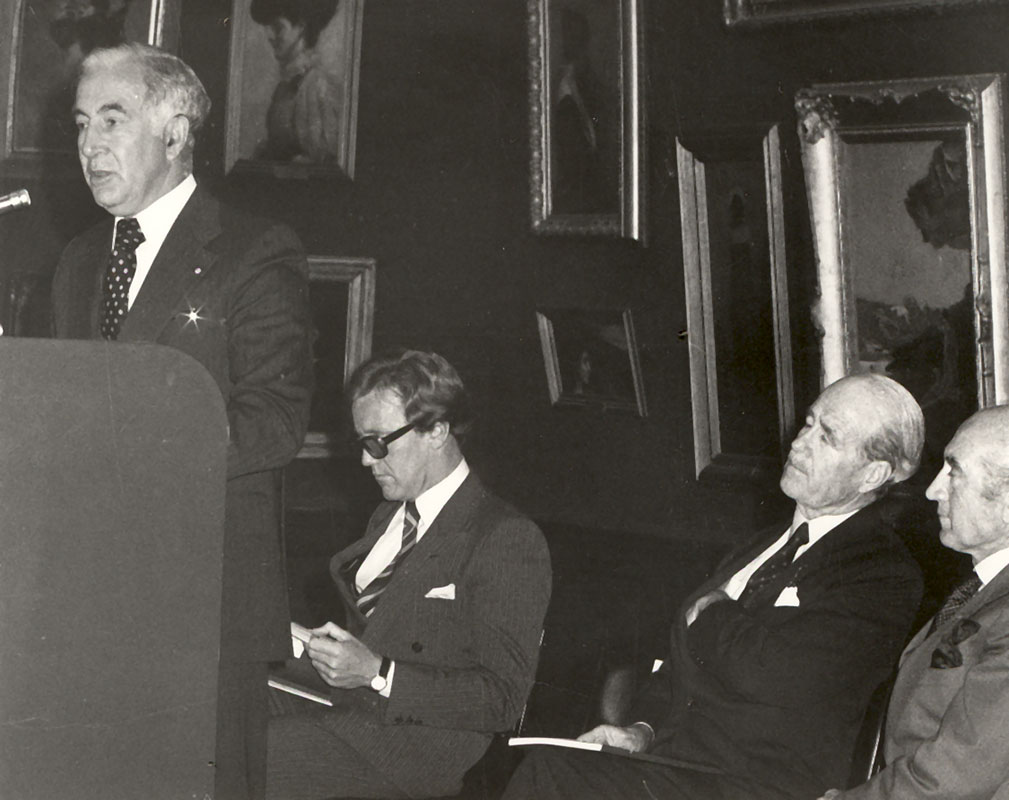
Belgiorno-Nettis recognized the publicity that the arts brought to Transfield, helping to further strengthen the liaison, with Australian politicians, bureaucrats, media and exponents of the financial and industrial world.
Beguiled by the dazzling atmosphere surrounding the events, many Australians of all persuasions were eager to see what contemporary art was all about and, just as importantly, to be seen as contemporaries in the context of art.
Now, with the Biennale of Sydney, an international flavour was officially added to the palette, with ambassadors, overseas artists and dignitaries engaged in the dialogue.
Page Media:
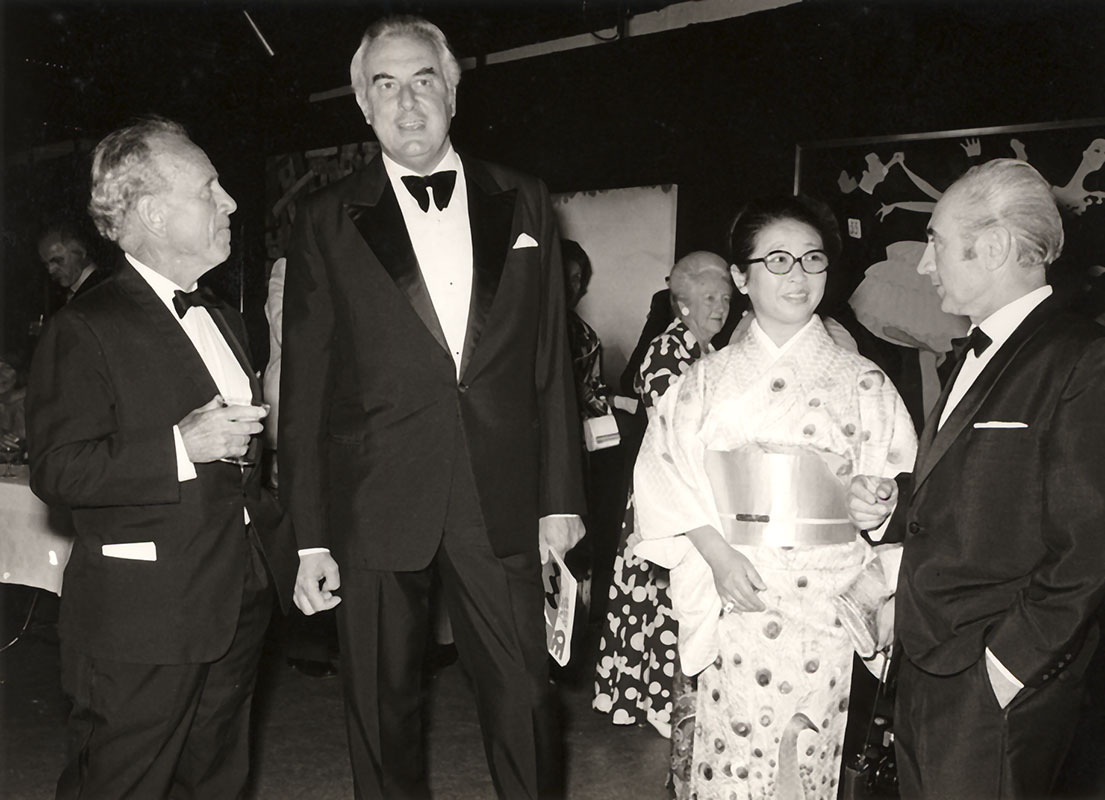
With its decision to launch the first Biennale of Sydney in 1973, Transfield wrote a new chapter in the history of art in Australia. On 23 November, in the recently completed Sydney Opera House, the first Biennale of Sydney was opened by the none other than freshly elected grand statesman himself, Prime Minister Gough Whitlam.
The first Biennale exhibited 14 overseas artists- most from the neighbouring countries of South-East Asia- and 22 Australian artists; among them Fred Williams, John Olsen and Robert Klippel. John Coburn, author of the Opera House's magnificent stage curtains, designed the poster advertising the event.
Page Media:
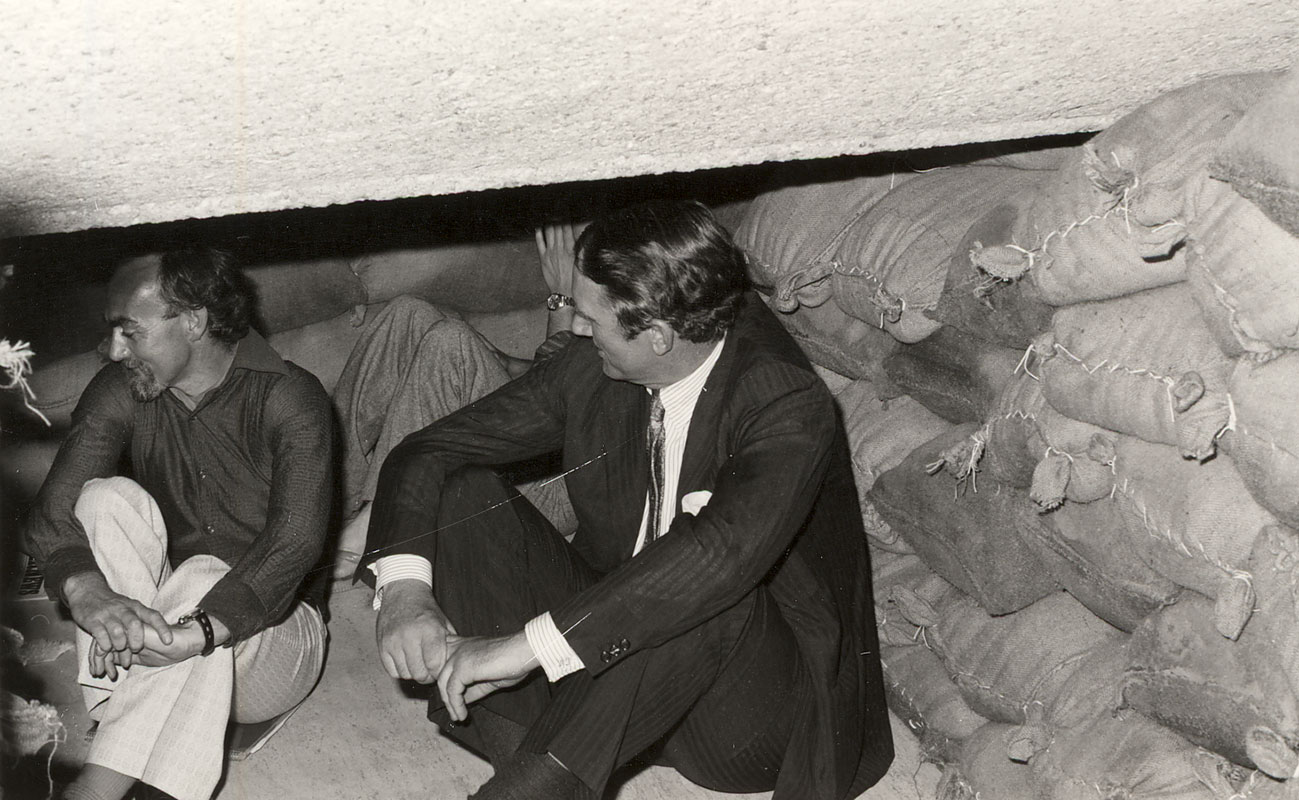
In his address, Gough Whitlam praised the initiative behind the event: "the example of Mr Belgiorno-Nettis and Mr Salteri will be followed by others inside and outside the commercial world. I commend their efforts unreservedly. They and the Transfield organisation are to be congratulated on bringing this event to the Australian people".
Whitlam proved to be insightful. Born out of Australia's cultural introspection and the initiative of an extrovert Italian entrepreneur, the Biennale of Sydney has become, arguably, Australia's most well regarded cultural event internationally, if not locally. The Biennale of Sydney continues to enjoy the support of Federal, State and City as well as a host of foreign government agencies, private benefactors and corporate partners.
Page Media:
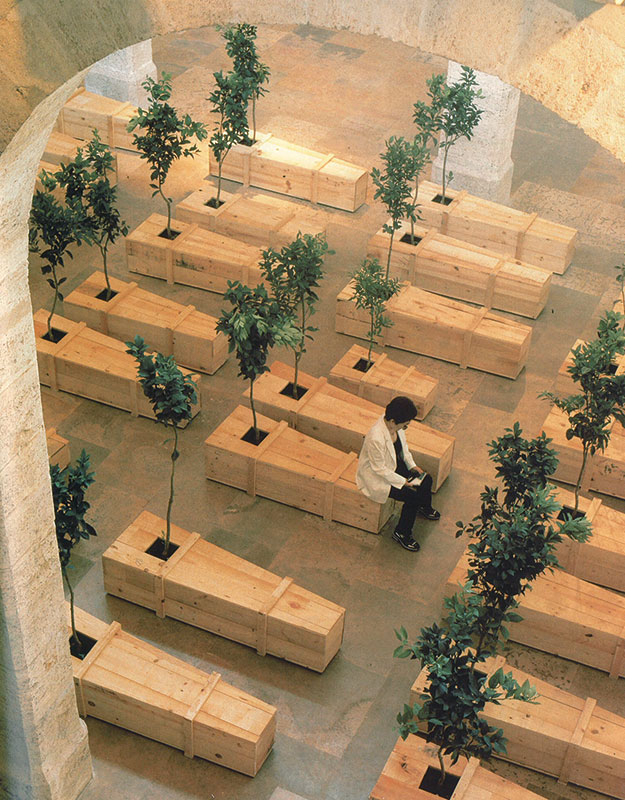
Elwyn Lynn, in 1982, as the ex Chairman of the Visual Arts Board of the Australia Council and Deputy Chair of the Biennale and regarded by many as its guiding mentor in the early years, wrote in the preface to Bill Wright's show: "The main thrust of the Biennale of Sydney remains however, not towards a sophisticated tolerance but towards the expectation of abrasive confrontation, of being alerted to varied creative activities and attitudes, and of having taste and preconceived notions challenged."
More than 1200 artists from over 70 countries have visited Australia thanks to the Biennale of Sydney.
Page Media:
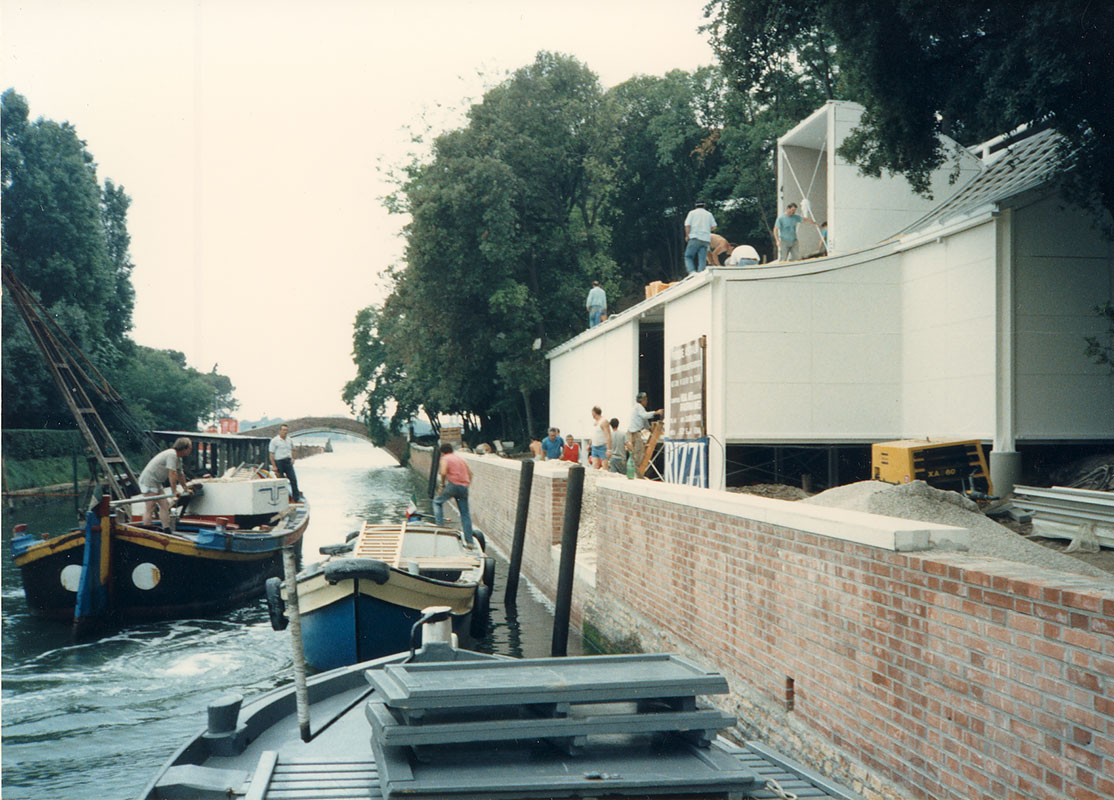
Franco Belgiorno-Nettis was also instrumental in exporting Australian art overseas, by assisting in the establishment of Australia's pavilion at the Venice Biennale. In 1988, painter Arthur Boyd was exhibited in the Philip Cox-designed Australian Pavilion at the Venice Biennale, built by Transfield and officially opened by Federal Industrial Relations Minister Ralph Willis on 24 June of that year.
Page Media:
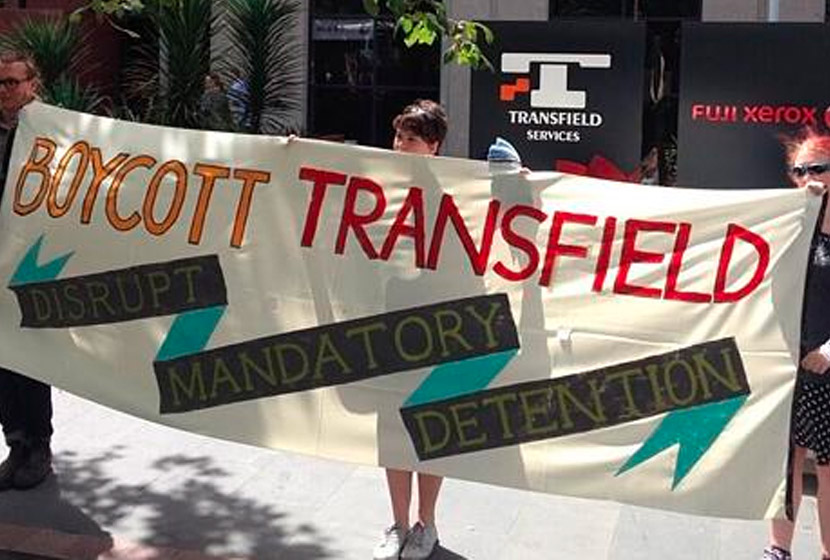
In early 2014, just prior to the opening of the 19th Biennale of Sydney, a group of activists called for an artist boycott of the event due to the Transfield Foundation's connection with Transfield Services, who were operating detention centres on Manus Island and Nauru for the Department of Immigration. (A joint philanthropic venture between Transfield Holdings and Transfield Services, the Transfield Foundation had been supporting the Biennale of Sydney since 2010.)
A dialogue ensued between some of the artists selected for the event and the Biennale of Sydney's Board. As it became clear that the Biennale would potentially be damaged by an artist boycott, Transfield Holdings Managing Director and Chairman of the Biennale, Luca Belgiorno-Nettis and the Biennale Board mutually agreed that he would resign as Chairman and that the Biennale would sever all ties with Transfield.
So ended forty-one years of continuous support by Transfield; the company had founded the event in 1973 and had remained as Founding Partner for its duration.
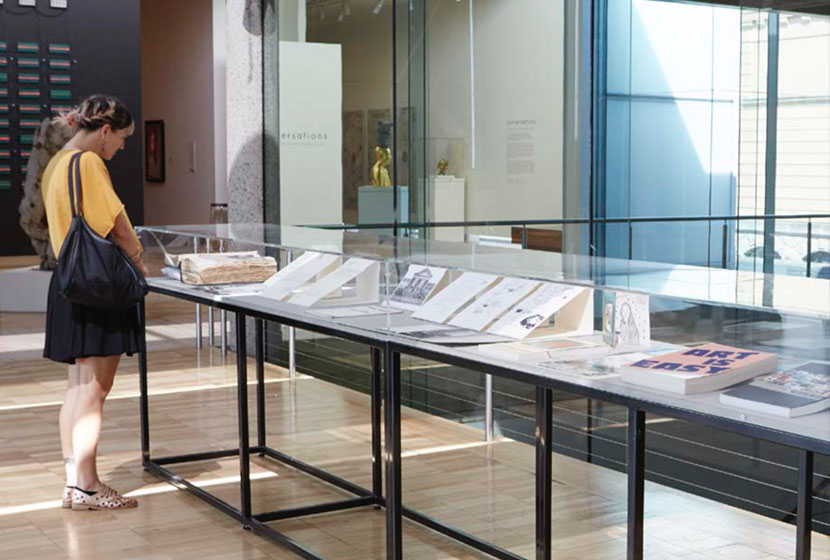
Transfield Holdings continued it support for the Biennale of Sydney when, in November 2015, it facilitated the gifting of the Biennale's archive to the newly-established National Art Archive at the Art Gallery of New South Wales.
Transfield's support would enable the Art Gallery of NSW to work with the Biennale on the archiving project, delving into more than 1000 archival boxes that make up the physical archive of the Biennale of Sydney.
Speaking at the launch of the National Art Archive, Director of the Art Gallery of New South Wales, Dr Michael Brand said, "The Biennale of Sydney Archive includes rich artists' files, images, correspondence, media clippings and photographic and video documentation that stretch back to the organisation's inception in 1973 ... We are honoured to incorporate this archive reflecting the key historical, political, social and cultural aspects of the Biennale - and indeed this city - into our National Art Archive."
Also speaking at the event, Biennale of Sydney Chair, Kate Mills, said the Biennale of Sydney Archive is the most comprehensive archive of national and international contemporary art activity in Australia and includes records from nineteen editions of the event. Ms Mills said the Biennale of Sydney proudly recognises Transfield Holdings as the Biennale's founding partner and applauds the role the company played in the Biennale's history and in the creation of the Biennale of Sydney Archive.
"Today we celebrate the vision of Franco Belgiorno-Nettis in establishing the Biennale of Sydney, and in recognition of 40 years of previous support, the Biennale of Sydney will continue to acknowledge Transfield Holdings and the Belgiorno-Nettis family as Founding Patrons." Mills said.
1973 Biennale of Sydney
Edmund Capon on Franco
Jean Battersby on Transfield's Patronage of the Arts
Jean Battersby on Franco
Transfield and the Biennale at the Sofitel Wentworth Sydney, June 3, 2006. Charles Merewether
Transfield and the Biennale at the Sofitel Wentworth Sydney, June 3, 2006. Franco Belgiorno-Nettis
Transfield and the Biennale at the Sofitel Wentworth Sydney, June 3, 2006. Luca Belgiorno-Nettis
Transfield and the Biennale at the Sofitel Wentworth Sydney, June 3, 2006. Stephen Bradley